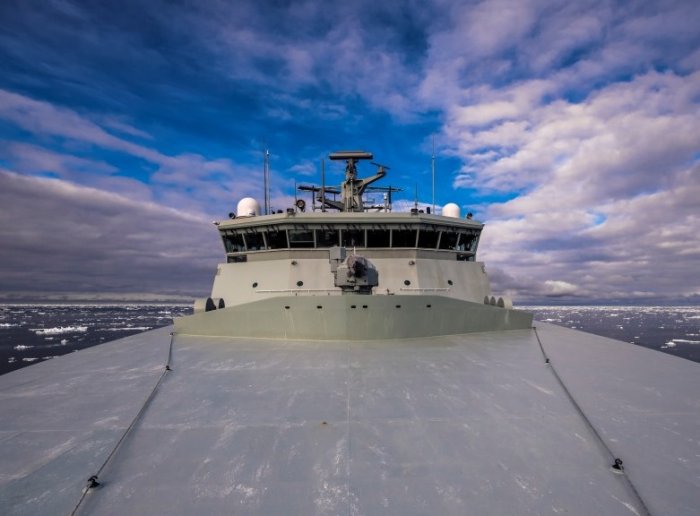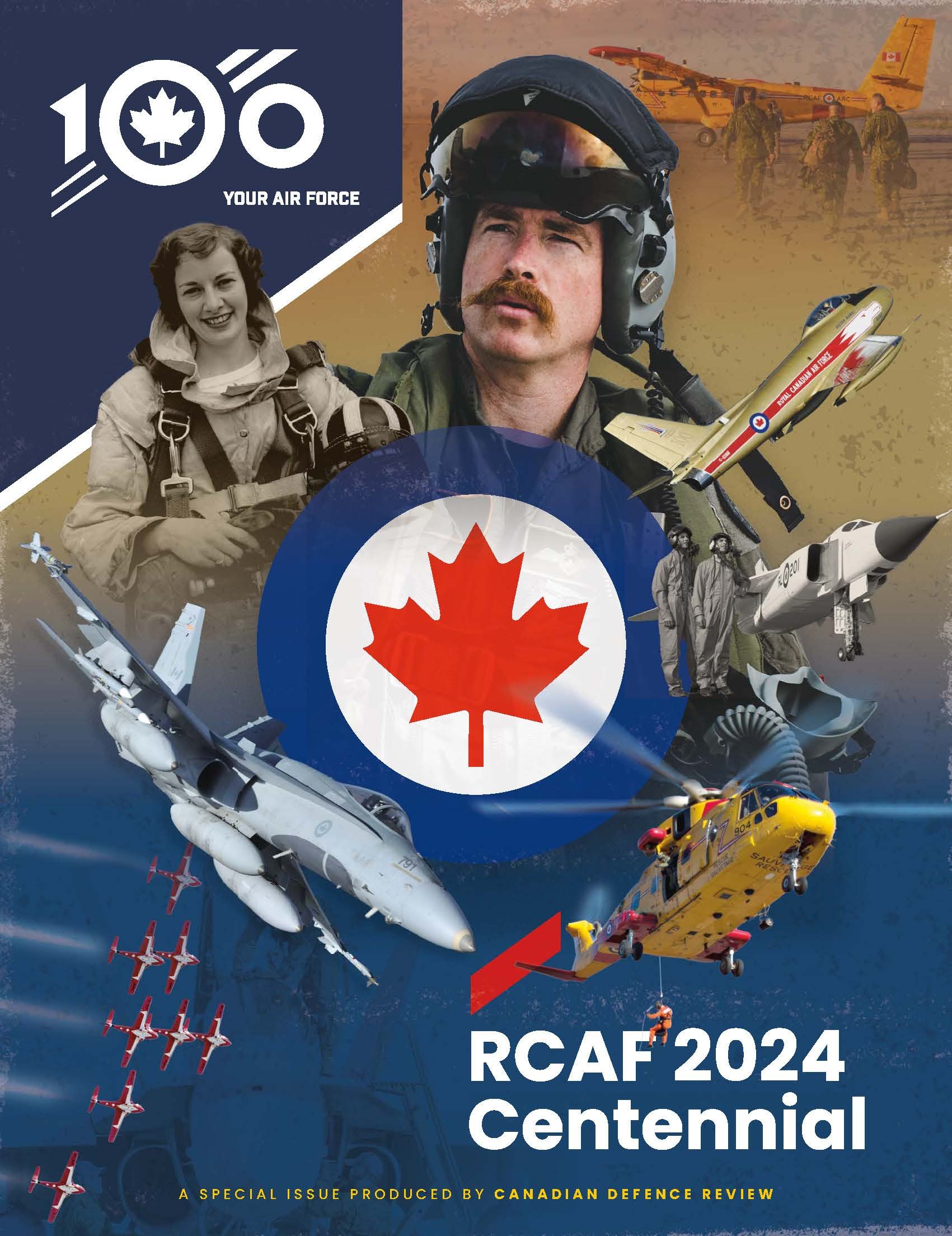RCN Forges Ties with the Kitikmeot Region
The Royal Canadian Navy (RCN) celebrated its third Northern Affiliation ceremony between His Majesty’s Canadian Ship (HMCS) Max Bernays and the Kitikmeot Region, in Cambridge Bay, Nunavut at Polar Knowledge Canada’s High Arctic Research Station. Ship affiliation is a time-honoured naval tradition that endures for the duration of a ship’s service life.
The RCN plays a crucial role in protecting Canadian sovereignty in the Arctic. Northern Affiliations not only allow for the continued safeguarding Canada’s Arctic but also the strengthening of relationships and connections with Northern communities.
The Harry DeWolf-class Arctic and Offshore Patrol Vessels are highly versatile ships that can be used on a variety of missions at home and abroad, such as coastal surveillance, search and rescue, drug interdiction, support to international partners, humanitarian aid, and disaster relief.
“As we invest in our national security, we are resolutely committed to collaboration and reconciliation with Indigenous peoples, including Inuit communities. We hope that the affiliation between HMCS Max Bernays and the Kitikmeot Inuit will foster a meaningful relationship of cooperation, shared knowledge, openness, and engagement for years to come.” The Honorable Bill Blair, Minister of National Defence
“The official affiliation of HMCS Max Bernays with the Kitikmeot Region is an important step forward in strengthening the partnership between our military, and Inuit communities. As we modernize our defence capabilities and invest in Arctic security, we will do so in partnership with Inuit peoples, who know the Arctic and call it home.” Yvonne Jones, Parliamentary Secretary to the Minister of National Defence (Northern Defence)
“Its both a privilege and a remarkable opportunity to navigate the Arctic waters and uphold our commitment to the Kitikmeot Region. During routine operations and community relations, the crew and I look forward to learning from this partnership and building long-lasting relationships with our northern communities. This relationship holds the potential to make a profound impact on the future of Canada’s northern sovereignty.” Commander Collin Forsberg, Commanding Officer of HMCS Max Bernays
“Arctic security is of the utmost importance for Nunavummiut, as for all Canadians. We welcome the Royal Canadian Navy’s presence in Arctic waters. I am pleased that a third Offshore Patrol Vessel, the HMCS Max Bernays, will now be affiliated with Nunavut, this one in the Kitikmeot region. I look forward to supporting ongoing collaboration and cooperation, such as with Operation NANOOK-TATIGIIT, scheduled to take place in 2024.” The Honorable Pauloosie Jamesie (P.J.) Akeeagok, Premier of Nunavut
“I am pleased that the Royal Canadian Navy will have one of its new ships affiliated with the Kitikmeot region of Nunavut. We look forward to seeing it sail our waters as a show of Canadian sovereignty and hope that members of our communities will be able to see it firsthand when making stops in our communities. We also look forward to fostering positive relationships with the crew and command of this new state of the art Arctic Patrol Vessel.” Robert Greenley, President of the Kitikmeot Inuit Association
ADDITIONAL INFO
• Spanning three territories and stretching as far as the North Pole, Canada’s North is a sprawling region, comprising 75 percent of the nation’s coastline. The expanse of Canada’s North, coupled with its ice-filled seas, harsh climate, and more than 36,000 islands make for a challenging region to monitor—particularly as the North encompasses a significant portion of the maritime approaches to North America.
• The Royal Canadian Navy (RCN) is affiliating each one of its Arctic and Offshore Patrol Vessels (AOPV) with the six Inuit regions of the Inuit Nunangat. In 2019, HMCS Harry DeWolf celebrated their affiliation with the Qikiqtani region of Nunavut and in 2022, HMCS Margaret Brooke was affiliated with Nunatsiavut in Hopedale, NL. The remaining affiliations within the Inuit Nunangat—in the Kitikmeot and Kivalliq regions of Nunavut as well as the Inuvialuit, and Nunavik regions—will occur as each AOPV enters into the RCN Fleet.
• The Kitikmeot Region is the most western region of the Nunavut territory and consists of the southern and eastern parts of Victoria Island with the adjacent part of the mainland. There are five communities in the Kitikmeot Region: Cambridge Bay (Ikaluktuuttiak), Gjoa Haven (Uqsuqtuuq), Kugaaruk, Kugluktuk and Taloyoak.
• The Kitikmeot Region is known for its vast and remote wilderness, it encompasses a diverse range of landscapes, including the mainland and several islands in the Artic Archipelago. Traditional activities such as hunting, fishing, and trapping are significant parts of the local economy.
• The Kitikmeot Region has a rich Inuit culture, with strong emphasis on traditional practices and knowledge. Inuit art, such as carving and sculptures, is a notable aspect of the cultural heritage.







